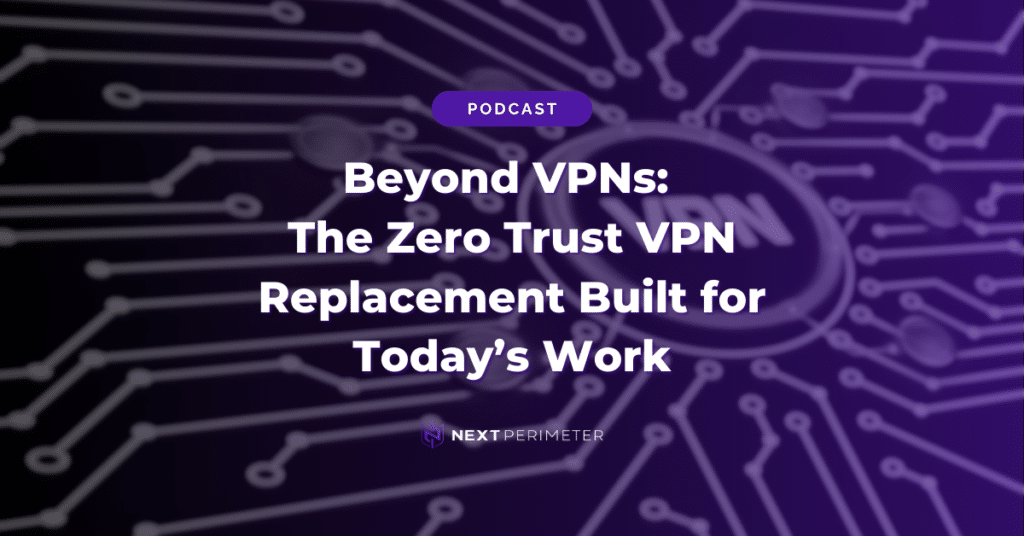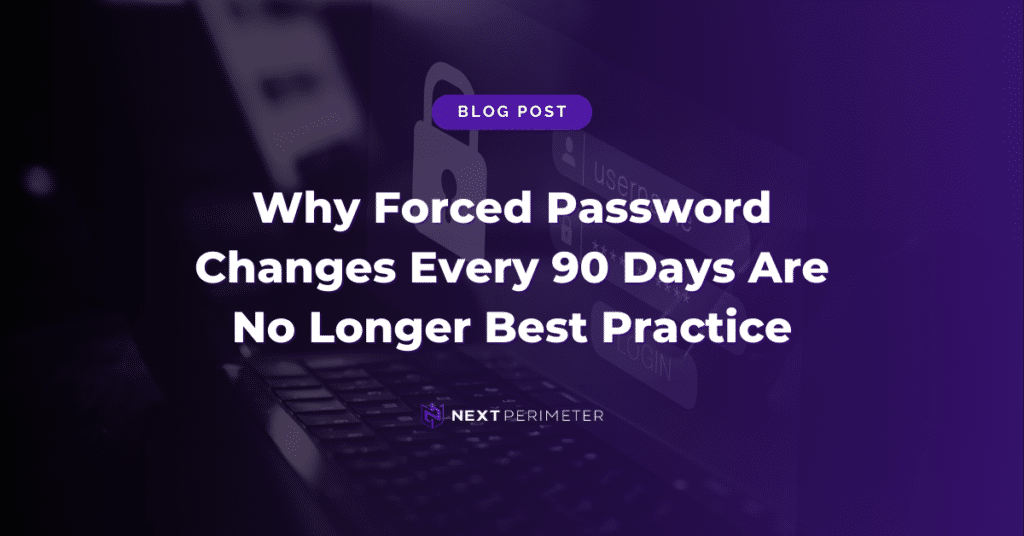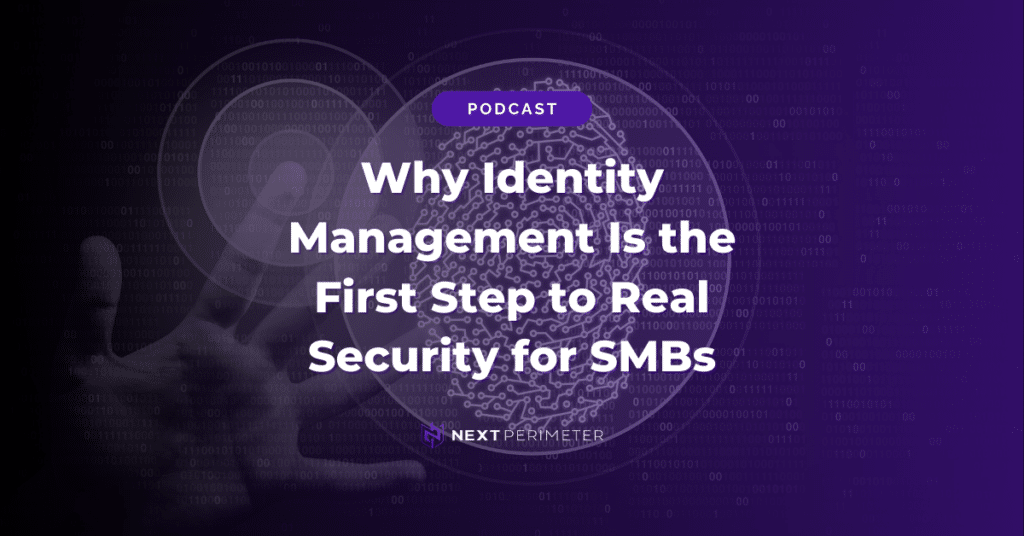If you’re still using a traditional VPN to secure remote access, you’re not alone. But you’re also not as secure, efficient, and happy as you could be either.
VPNs were designed for a different era—an era when work happened inside a single office, on one network, behind one firewall. That’s not how business operates anymore.
So let’s break down what’s wrong, and more importantly, how to fix it with a VPN replacement.
VPN Headaches
The VPN Headaches You Already Know
You’ve heard them. Maybe even said them yourself:
“Why is it so slow today?”
“Is the VPN on?”
“It keeps disconnecting.”
“I can’t access that system unless I’m on VPN.”
These aren’t just minor annoyances—they’re friction points that chip away at productivity. Every time an employee loses connection, calls IT, or wastes time toggling VPN settings, it’s not just frustrating—it’s costly.
But these symptoms are pointing to something deeper: a tool that wasn’t built for how we work today.

VPN Network
VPNs Were Built for Yesterday’s Network
Originally, VPNs made sense. They offered a secure way to tunnel into a company’s internal network, allowing remote workers to access the tools and systems they needed.
But the problem is that most modern businesses no longer operate from a single internal network. Applications have moved to the cloud. Teams work from coffee shops, client offices, and home Wi-Fi. Devices come and go. Identity is more important than IP address. VPNs weren’t designed for this world—and it shows.
Legacy Design, Modern Limitations
Traditional VPNs introduce a number of bottlenecks that slow down not just traffic, but innovation:
-
Central choke points: All traffic must route through a single VPN concentrator or firewall, creating latency and single points of failure.
-
Manual overhead: Users must remember to connect. IT must maintain hardware, rotate certificates, and patch outdated appliances.
-
Rigid access: Most VPNs treat users as all-or-nothing—either they’re in the network or out, with little granularity in between.
This approach might have worked when everyone sat in the same office. But today, it’s both a security liability and a productivity killer.
Risk of VPNs
The Real Risks of VPNs
Frustration is one thing. Risk is another. And unfortunately, VPNs come with plenty of both.
Flat Network Access
When a user connects via VPN, they’re often granted broad access to the network. This “castle and moat” model assumes that anyone who makes it past the drawbridge is trustworthy.
But attackers love this. Once inside, they can move laterally across systems, looking for valuable data or higher-privilege accounts. A single compromised credential can lead to a much larger breach.
Lack of Identity Awareness
VPNs don’t natively integrate with your identity provider. That means they don’t know who the user is, whether their device is compliant, or whether the request looks suspicious. There’s no built-in concept of conditional access.
It’s like giving someone a master key without checking their ID.
Lost Visibility
If a user forgets to connect to the VPN—or decides it’s not worth the hassle—you lose visibility into their activity. Shadow IT flourishes, data gets accessed outside your perimeter, and your security team is left blind.
Modern businesses need to move past this “connect when you remember” model. Always-on security isn’t a nice-to-have—it’s table stakes.

Zero Trust, Always-On Access
There’s a Better Way: Zero Trust, Always-On Access
The solution isn’t more VPNs. It’s moving beyond VPNs entirely.
A modern VPN alternative is built on zero trust principles. It assumes no implicit trust based on network location. Instead, access is granted based on identity, context, and continuous verification.
What Makes It Different?
A true VPN alternative is:
-
Cloud-native – Deployed without appliances, designed to scale, and accessible anywhere your users are.
-
Identity-aware – Tightly integrated with platforms like Microsoft Entra ID (formerly Azure AD) or Google Workspace to enforce identity and device-based policies.
-
App-specific – Instead of connecting users to a whole network, it connects them to only the apps and resources they need.
And most importantly: it’s always on. There’s no toggle. No need to remember. No calls to IT because someone forgot to connect. Just seamless, secure access—every time.

Better For IT
Better for Users. Better for IT. Better for Security.
This isn’t just a security win—it’s a win for everyone involved.
Faster Performance
With a cloud-native access solution, user traffic is routed through global points of presence (PoPs), minimizing latency and improving speed. There’s no backhauling traffic through a central datacenter or bottlenecking performance at a single firewall.
Users notice the difference. And IT gets fewer tickets.
Stronger Security
Conditional access policies can be enforced at every login attempt. That means users can be blocked or challenged based on factors like location, device health, time of day, or behavior patterns.
Activity is logged and sent to your SIEM in real time, giving you the visibility and control VPNs can’t provide.
Simpler Operations
No more patching legacy VPN hardware. No more juggling split tunneling rules. No more worrying about whether certificates expired or configurations drifted.
IT teams can focus on strategic initiatives, not babysitting legacy infrastructure.
Scalable by Design
Need to onboard a new employee? A new office? A third-party contractor?
With per-user pricing and no hardware constraints, you can scale access up or down instantly. It’s cost-efficient and future-proof—just how modern infrastructure should be.

VPN Replacement
What a VPN Replacement Looks Like in Practice
You might be wondering what this looks like in the real world.
Let’s say you’re a law firm with 50 employees, a mix of remote and in-office staff. Your team needs access to Microsoft 365, a legal case management system, and an internal billing portal.
With a VPN alternative:
-
Each user logs in with their Microsoft Entra ID credentials.
-
Access to the billing portal is restricted to staff in the Finance group and only from managed devices.
-
Case management is accessible from anywhere, but requires MFA and a compliant endpoint.
-
Logs of all access requests are automatically ingested into your SIEM for compliance and audit purposes.
No VPN appliance. No user toggles. Just smart, secure access.

Ready to Ditch the VPN?
This isn’t just an upgrade—it’s a mindset shift.
You don’t need more gear. You don’t need to bolt on more tools.
You just need a smarter way to connect.
At Next Perimeter, we help SMBs modernize remote access with a zero trust approach that’s simple, scalable, and secure. If your VPN is slowing you down—or leaving you exposed—it’s time for a better solution. Our “Ditch the VPN” downloadable resource provides a simple, straightforward overview of how to modernize your access strategy without firewalls, bottlenecks, or unnecessary complexity.
Ready to make the switch? Let’s talk about how to replace your VPN with an alternative built for the way you actually work.





